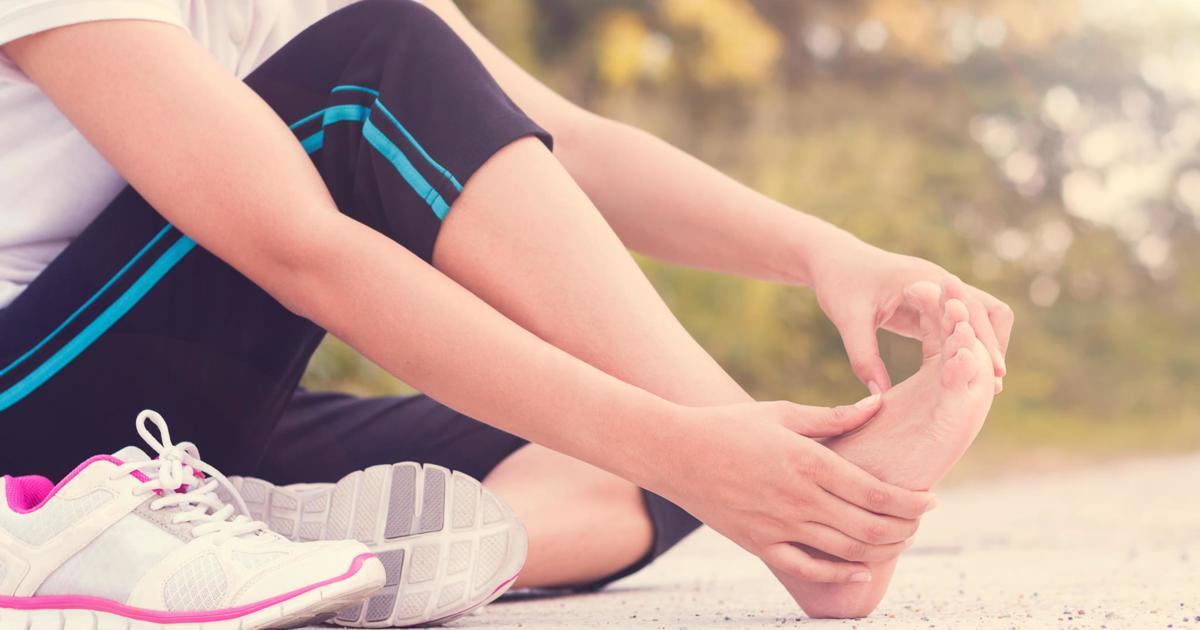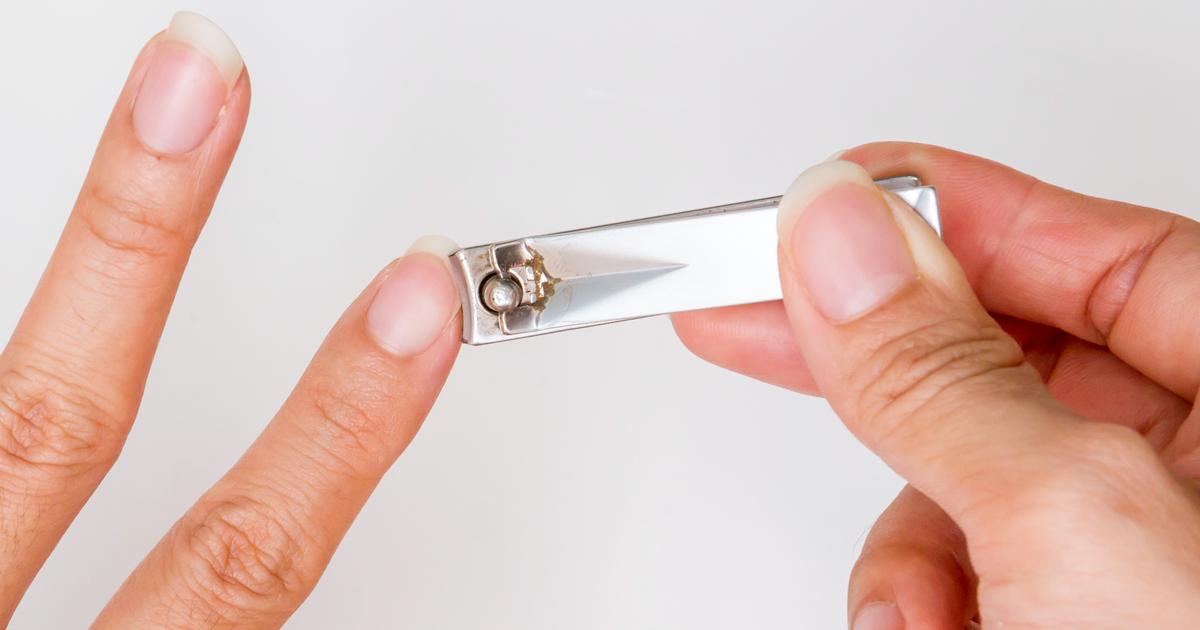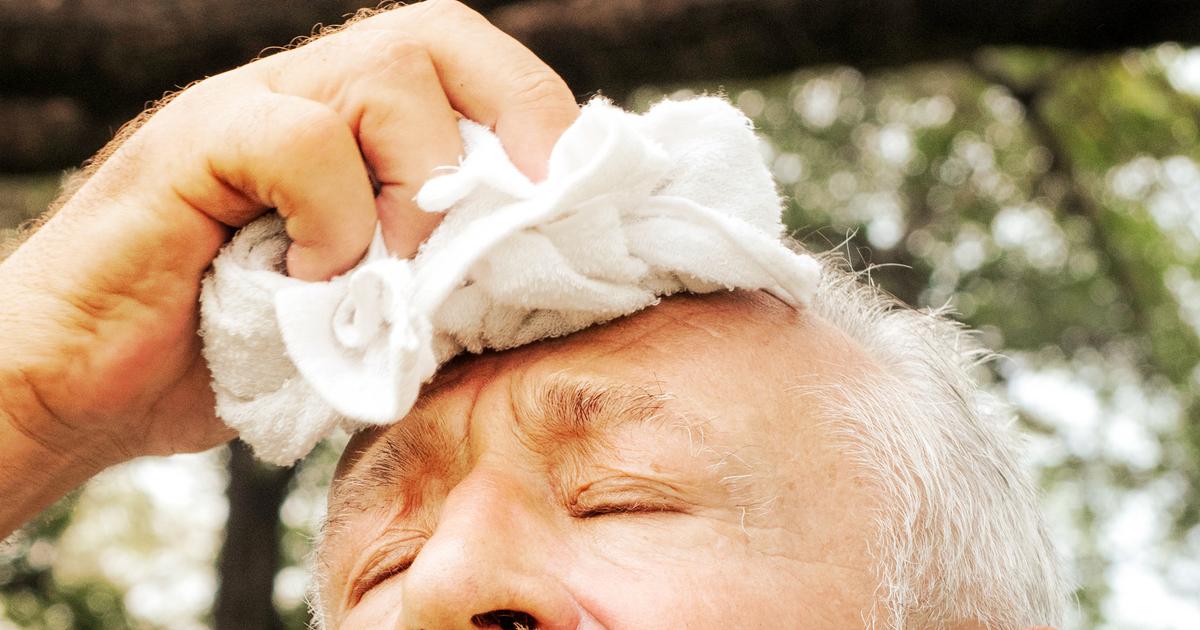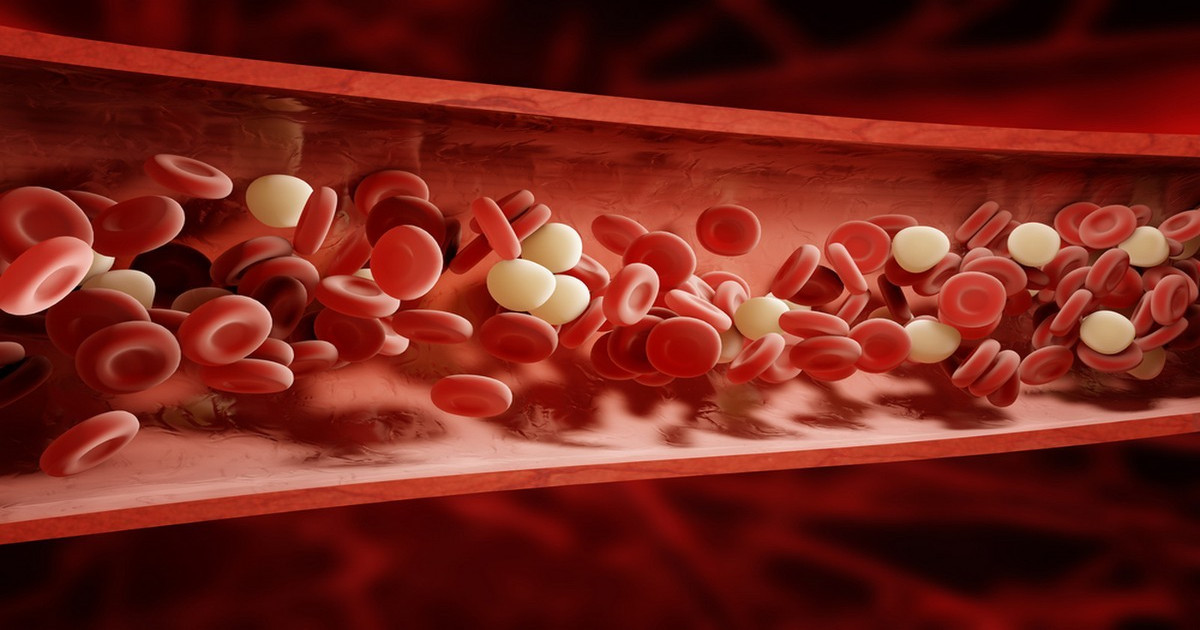What Causes Onychomycosis?
Onychomycosis is the medical term for nail fungus. Nail fungus infections make up one-third of total fungal infections worldwide, and they also account for about half of all nail conditions. A variety of things can cause onychomycosis. In addition, certain circumstances can increase an individual's risk of contracting an infection, even if they don't cause the infection itself. The condition can often be treated by using over-the-counter antifungal medications. Though mild cases might not cause symptoms, the condition can progress to causing pain and deformity. For this reason, promptly treating any fungal infection is a good idea. Some patients might have several infected nails at once. The toenails are more likely to be affected than the fingernails.
Get the full details on what can cause onychomycosis now.
Athlete's Foot

A history of athlete's foot will put individuals at a higher risk of developing a fungal infection in their toenails. Athlete's foot is another type of fungal infection, and it often occurs alongside onychomycosis. One condition may cause the other, and vice versa. Athlete's foot tends to start between the toes, and it's most common in individuals whose feet have been confined in small shoes and sweating. The hallmark symptom of athlete's foot is a scaly rash between the toes and on the top of the foot. It might spread over time. The majority of individuals experience symptoms of discomfort like burning, stinging, and itching. Like most fungal infections, athlete's foot is fairly contagious. If individuals are exposed to contaminated clothing, towels, or floors, they might contract the condition. Like nail fungus, athlete's foot can typically be treated through over-the-counter antifungal medication. However, some patients might experience frequently recurring infections. If individuals have recurring nail fungus or athlete's foot or both, they might want to talk to their doctor about whether prescription medications can help.
Read more about the causes of onychomycosis now.
Skin Or Nail Injuries

Nail or skin injuries increase an individual's chances of contracting a fungal infection in their nail. The injury itself won't cause an infection, but the injury has the potential to leave the nail bed open to fungus. Similarly, injuries may become infected by bacteria and other substances that enter through the wound. Skin conditions like psoriasis also increase an individual's chances of developing a fungal infection because they cause injury and abrasion to the nails and skin. In fact, researchers estimate about thirty-five percent of individuals with skin psoriasis are also dealing with onychomycosis on at least one nail. The injuries don't have to be traumatic. In fact, some individuals might not even notice them. If individuals clip their nails too short and cause bleeding, they might increase their risk of onychomycosis. The same is true of peeling hangnails and pulling at cuticles. Sometimes fungal infections occur at the tip of the nail after a manicure. When sharp tools are pushed beneath the nail to clean away dirt, they can leave tiny pockets, which are vulnerable to fungal infection.
Read more about the major causes of onychomycosis now.
Heavy Sweating

Heavy sweating increases an individual's risk of developing a fungal infection, since fungus thrives and grows best in moist areas. This is part of why toenails are more likely to develop an infection than fingernails. When individuals wear wet shoes or sweat excessively, their feet stay moist and damp throughout the day. Walking through puddles and rainy conditions can also exacerbate this. Wearing socks can sometimes help protect the feet from outside elements, but sweat can collect inside the sock and make the foot damp regardless. If individuals sweat heavily enough that it's a consistent problem, they might want to ask a doctor to check for underlying medical conditions. For individuals who engage in activities that cause excessive sweating, including manual labor and heavy exercise, one of the best things they can do is get proper footwear. There are several running shoes and athletic shoes designed with mesh that removes moisture from the feet to keep them dry. Not only does this help individuals keep their grip as they walk, but it also lowers their risk of infection.
Discover additional causes of onychomycosis now.
Issues With Circulation

Issues with circulation will increase an individual's risk of developing a fungal infection, particularly in their toenails. Many of the individuals at risk are older individuals, and we know as we age, our circulation tends to naturally reduce. However, there are ways to keep blood flowing healthily. Older individuals might have a higher risk because of longer fungus exposure and slower nail growth as well. On that note, if individuals are getting frequent fungal infections in their toenails, this may be a sign of a cardiac condition, and they should talk to their doctor. Peripheral artery disease is a medical condition that occurs when blood flow to arteries in the legs becomes restricted. It is caused by narrowing of the arteries due to plaque. When the blood flow is restricted, an individual's feet and legs don't get an adequate supply of oxygen-rich blood. In addition to fungal infections, patients might notice stubborn and unhealing sores on their feet and legs. Their feet and legs may feel consistently cold, and they might also experience unusual leg cramping.
Uncover more causes of onychomycosis now.
Going Barefoot In Public

Individuals are more likely to contract a fungal infection if they go barefoot in public, though not every setting will increase their risk. Walking barefoot over dry ground in non-communal areas, for instance, doesn't tend to pose a problem, but bare feet in damp communal places heighten the risk considerably. Some common areas where individuals might contract a fungal infection include shower rooms, gyms, other locker rooms, and public swimming pools. Others with fungus can leave traces in these places, and it can easily grow if someone's feet are wet. When in public areas, it's best to wear some kind of protection like flip flops or sandals. Individuals should avoid walking barefoot more than necessary. If they do have to walk barefoot, they should make sure to wash their feet thoroughly when they get home and monitor them for any changes in nail coloration or overall thickness.